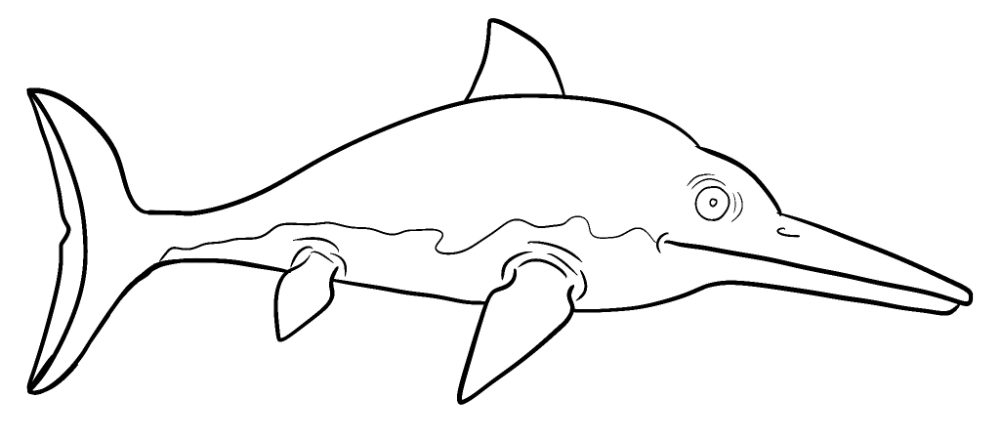What is an Ichthyosaur
The ichthyosaur, a mesmerizing marine reptile of ancient times, thrived during the Mesozoic era, roaming the oceans around 250 to 90 million years ago. With its streamlined body, paddle-like fins, and fluke-like tail, the ichthyosaur was superbly adapted to a life in the water, resembling a fish but belonging to the reptile family. These remarkable creatures had a global distribution, traversing the waters of polar regions and tropical seas alike, making them true oceanic wanderers. Some species of ichthyosaurs were relatively small, measuring just a few feet in length, while others grew to colossal sizes, reaching over 20 meters (65 feet), rivalling the dimensions of modern-day whales.
Ichthyosaurs were renowned for their efficient swimming abilities, relying on their streamlined bodies and powerful tails to glide effortlessly through the water. As apex predators of their time, they were fast and agile hunters, capable of capturing a variety of prey in the ancient oceans. Their breath-holding capabilities, akin to those of modern marine mammals, enabled them to dive to impressive depths in search of food. Fossil evidence has provided invaluable insights into the lifestyle of these ancient reptiles, allowing us to marvel at the wonders of our planet’s history and inspiring artists and illustrators to visualize these captivating creatures from a time long past.
How to draw an ichthyosaur
Step 1 – basic outlines

Start with a very basic form of an Ichthyosaur. They are very similar in shape to modern-day sharks except they have long noses.
Step 2 – refining the lines

Refine the drawing and add more detail where needed. The fins shape resembles the nib of a fountain pen or a long arrowhead.
Step 3 – More refining

Rework all the lines again and add creases to the skin. I have added a wavy line on the body that will help separate the colours I will use.
Step 4 – Final linework and smaller details

On a new layer redo all of the lines, adding thickness where needed. Add all the smaller details to the Ichthyosaur. try to give your creature some personality.
Step 5 – Base Colours

Add a solid colour to all of the parts of the Ichthyosaur. feel free to play with different colours. I have chosen a colour scheme similar to a great white shark. Perhaps looking at crocodiles or Killer whales could produce some very interesting results.
Step 6 – Shadows and highlights

Add simple shadows and highlights to the illustration. this will help it jump from the page. For me, this is one of my favourite steps.
Prefer to work from paper?
Download this printer-friendly, high-quality, version for free!




